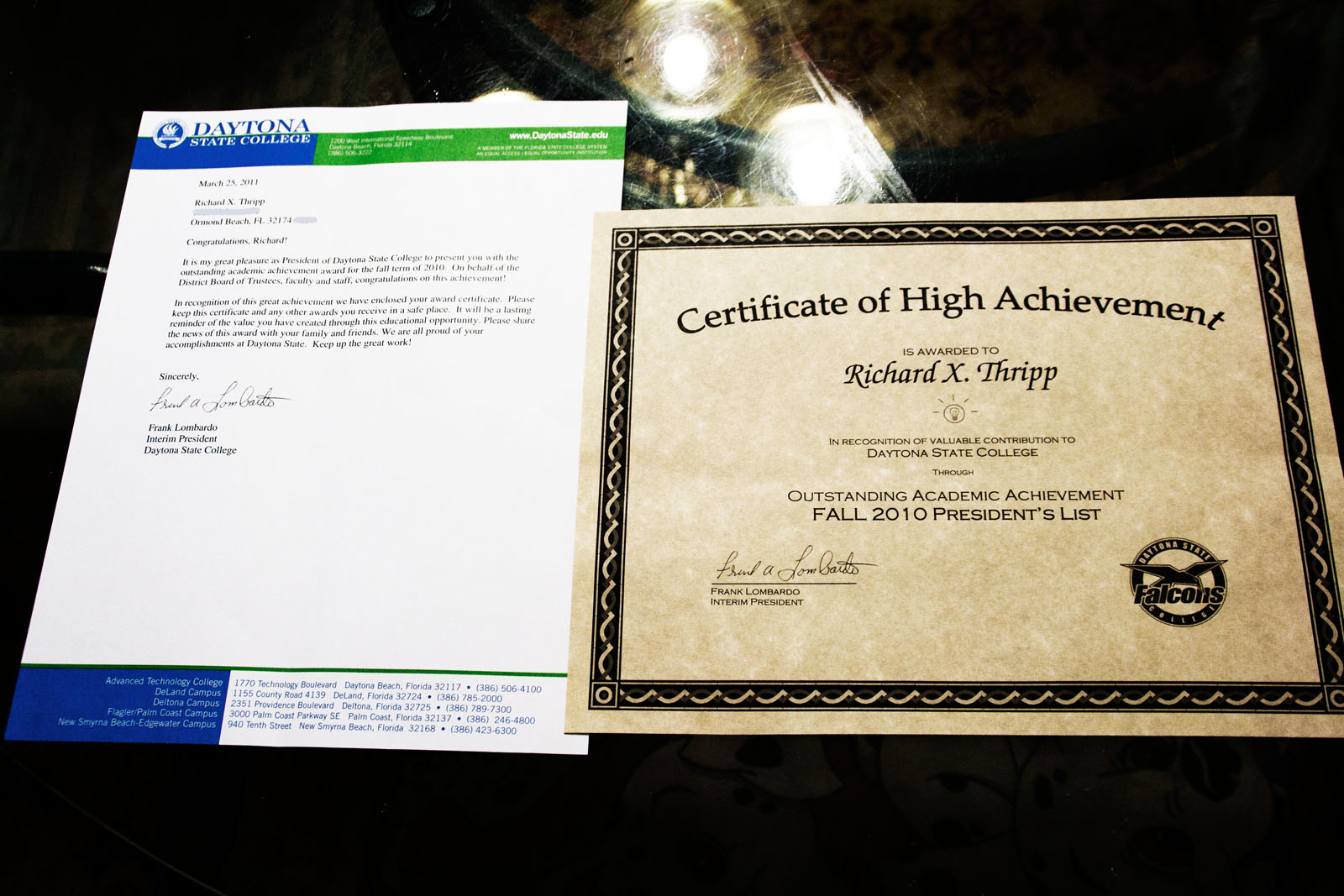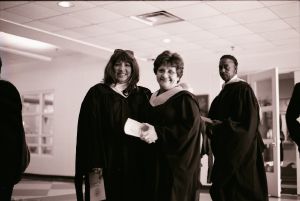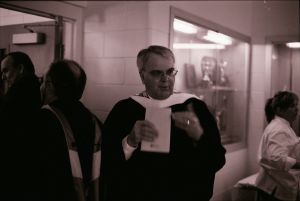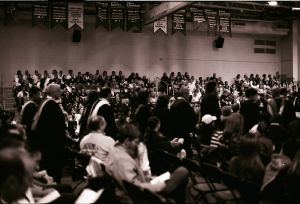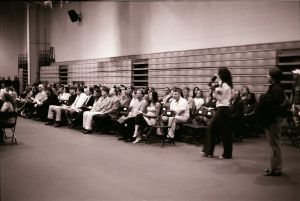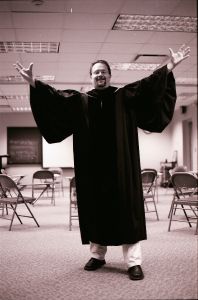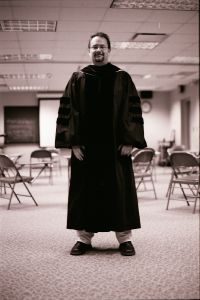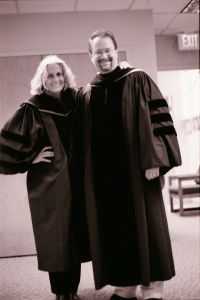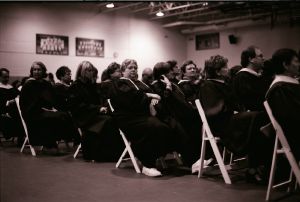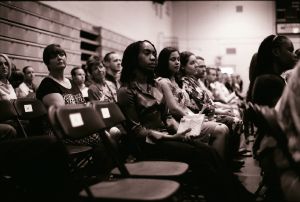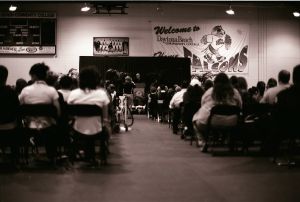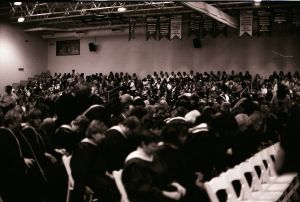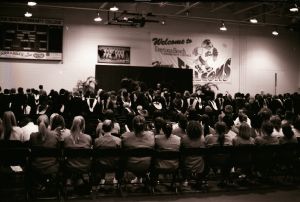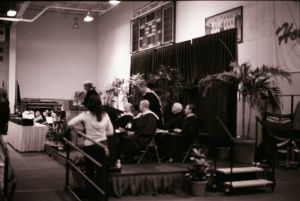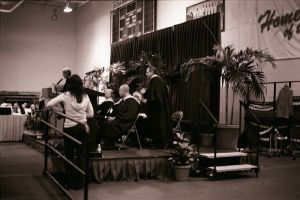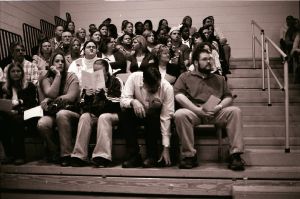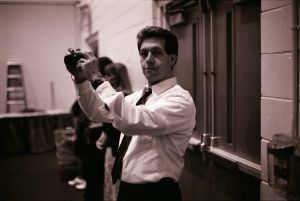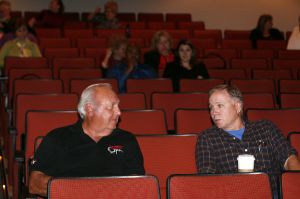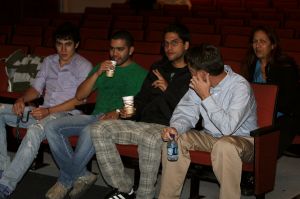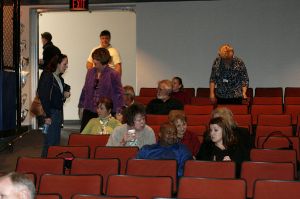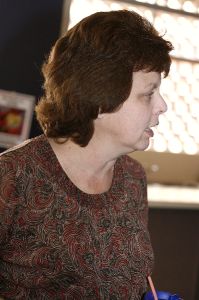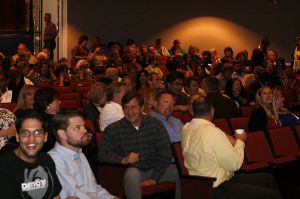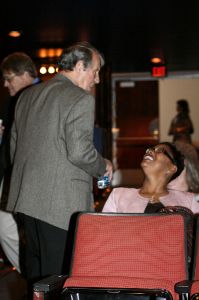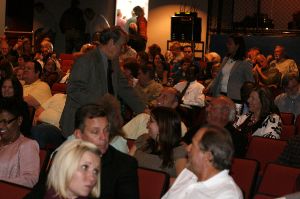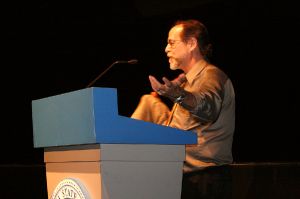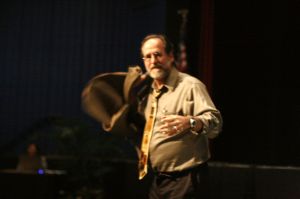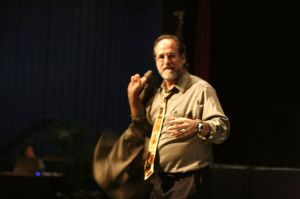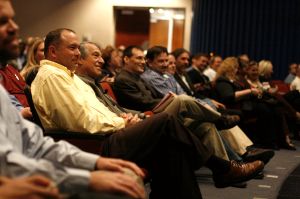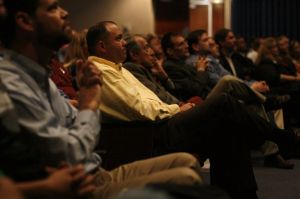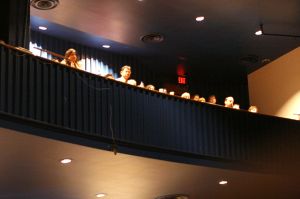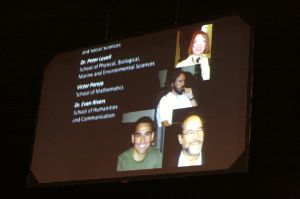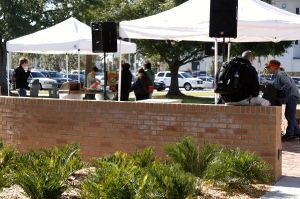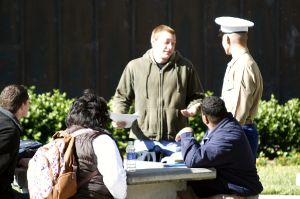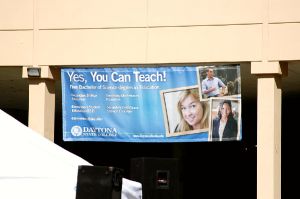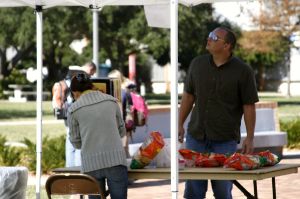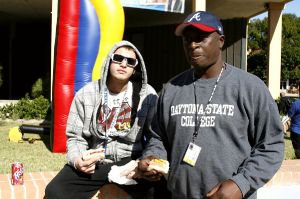I wrote these three essays over the past few days for my Intro to Teaching course. I’ve decided not to go into the education field (I would like to do something with computers instead), but enjoyed writing these essays on Maslow’s hierarchy of needs, my philosophy of education, and creating a positive learning environment in schools.
Professor John Connor, Student Richard X. Thripp
Course EDF 1005 Spring 2011, DSC, 2011 April 25
Three Personal Essays (15%) (Introduction to Teaching 3rd edition, Kauchak/Eggen)
Abraham Maslow’s hierarchy of needs is a categorization of the needs which Maslow considers most basic to humanity to most abstract, organized into five categories, which are, from most basic to most complex, physiological needs, safety, needs of love and belonging, esteem, and self-actualization. The physiological level includes needs that will result in quick death if not met, i.e. inhalation of oxygen, ingestion of food and water, and excretion thereof. This level also includes sleep, sex, and homeostasis. The safety level includes security of life, family, liberty, and property; the love/belonging level includes friendship, family, and sexual intimacy; the esteem level consists of self-esteem, confidence and achievement, and bidirectional respect; and finally, the self-actualization level involves morality, creativity, spontaneity, the search for truth, just behavior, and problem-solving. Like a pyramid, all the levels build on each other and the higher levels rely on the lower levels. Maslow has an optimistic view of humanity and says that once a human’s deficiency needs (D-needs) are met, he/she can focus on B-needs (being needs), which could be the high-level pursuit of personal growth. By this definition, people in third-world countries may have a hard time reaching the self-actualization level, by no fault of their own. In the Farther Reaches of Human Nature (New York, 1971), Maslow also writes of a higher level of self-transcendence which is above the other levels but may be experienced by people at any of the lower levels.
Teachers should know about Maslow’s theory and read some of his writing about it because it serves as a useful explanation of humanity and human achievement. In questioning moments, teachers should remember that whatever they teach their students now will be carried on through the rest of K-12, onto college, and into the rest of their students’ lives, so they have a definite and meaningful impact on the future of the world and can carry themselves as such.
Some of Maslow’s comments have direct implications for good teaching [1], such as “be authentic,” “transcend their cultural conditioning and become world citizens,” “learn their inner nature,” and “transcend trifling problems.” Maslow also encourages us to “grapple with serious problems such as injustice, pain, suffering, and death,” rather than glossing over them or leaving them to the children’s parents to teach. In this way, students will see school as a holistic explanation for the meaning of life rather than pigeon-holing it as something boring or pointless.
Both Carol Rogers and Abraham Maslow “advocate a learner-centered and nondirect approach to education,” including empathy, unconditional caring, and role-swapping, allowing the students to be teachers and the teachers to be students at times (Kauchak and Eggen 193). Learning communities are important, where teachers and students collaborate to accomplish learning goals, contrasted with the traditional teacher who tells the students what to do rather than showing them. For this end, technology should be integrated, as well as multi-sensory lesson plans, projections, auditory and visual instruction, frequent changes of periods, recess, physical education, and manipulatives such as plastic cubes, squares, circles, spheres, triangles, and pyramids for geometric and other mathematical concepts (253). These interactive lessons will keep students engage, encouraging them to move up Maslow’s hierarchy of needs quicker.
Citation 1: http://www.deepermind.com/20maslow.htm
First off, it’s difficult to define my philosophy of education concretely since I haven’t done any teaching yet, but I do have some ideas from being the Supplemental Instruction Leader at Daytona State College for Survey of Biology in fall 2009 and a math tutor at the Academic Support Center for four weeks in spring 2011. I observed many types of students in these brief work-study positions. Some would want an answer to a specific part of one problem and then would work out the rest of the problem on their own. Others might seem to be completely lost but would then join in when I explained the solution to a problem, for example, factoring a quadratic equation or labeling the organelles and non-membrane bound structures of a cell. Some students would want me to do their homework for them, and others would not ask for help even when they really needed it. But there were always students who needed help.
In all classrooms and learning environments, it’s vital that an atmosphere of friendliness and non-judgment is maintained. I wouldn’t want any student to feel stupid for asking a “dumb” question, or bullied for showing too much spark or initiative compared to his or her peers. In the words of John Lennon, “they hurt you at home and they hit you at school, [and] they hate you if you’re clever and they despise a fool” (from the song, “Working Class Hero”). Down-trodden students would likely be a result of institutional issues, and I have a feeling such problems would be more present in middle and high school than elementary school, and in large, inner-city schools rather than small schools. Either way, the teacher is in charge of the classroom, so the tone of the classroom must be set from the top down (by the teacher) rather than by the grassroots (the students). This is why it’s so important to foster a nurturing, cooperative, and collaborative learning environment, where the students love coming to class.
As a teacher, it’s very important to be able to define and articulate the reasons behind all activities and lesson plans chosen in class, because “[doing] activities simply because the activities are next in the text or curriculum guide sequence or because [you] did the activities last year . . . are inadequate and unprofessional reasons” (Kauchak and Eggen 204). Defining a clear educational philosophy is essential because it gives you a philosophical framework that you can make simple or radical changes to down the line, instead of making random or case-by-case decisions that muddle your professional growth.
For my educational philosophy, I would like to teach beyond the curriculum, because I think that students want to learn something more advanced or different than their peers in other classes, and that they would be generally interested in school if the lessons were more animated and displayed multiple ways to do things rather than showing one way. For example, I would want to teach the Cartesian coordinate system in elementary school, talk more about Nikola Tesla than Thomas Edison, examine the evidence of the moon landings being faked, bring in college students to lecture elementary students on the benefits of staying in school, teach music in class, not evangelize Abraham Lincoln (The Real Lincoln: A New Look at Abraham Lincoln, His Agenda, and an Unnecessary War is a good book about that), and teach about foreign languages, religions, space aliens, computer science, fiat money, and several key corporations such as Monsanto, Halliburton, Pfizer, and Chevron. I would also like my students to be divided into groups of 4-5 and take tests as a group like the sociological exams in the DSC Quanta learning community, and all homework would be done in class so there would be no homework.
However, in reality I would be bound to the curriculum and obliged to teach to the exams and not much beyond that, be them district writing tests, the FCAT, math, social studies, and whatever else is on the agenda. Thus, my philosophy of education would evolve organically.
One way teachers can create a positive classroom environment is by modeling their classrooms after learning communities rather than teacher-focused instruction. Learning communities are characterized by inclusiveness, respect for others, safety and security, and trust and connectedness (Kauchak and Eggen 343-344). Productive schools should be focused on learning, because this focus simplifies decision-making and serves as a guide in all policies (342). For example, respect and personal responsibility should be emphasized because they aid student development, including personality, morality, and socialization, which in turn helps students to learn. Students who are personally developed are able to learn new material and complete assignments even when there is no immediate reward, because they trust that there is a purpose behind school and they value the learning process. Getting students to write biographies about themselves is one good way to help students understand who they are.
The School District of Palm Beach County’s Division of Safety & Learning Environment attempts to establish safe schools through a variety of initiatives including a “single school culture” setting shared standards for academics, behavior, educational climate, and distribution of data, learning teams, classroom management training, a district-wide coding system for discipline, expulsion of bad students, in-house assistance for behavioral issues, case managers to dissolve and prevent the formation of gangs, “safe school” ambassadors, “RTI” response-to-interventionism, and peer mediation of conflicts [2]. Palm Beach County, Florida schools also have initiatives to prevent teen prescription and over-the-counter drug abuse, prepare students for college, promote learning efficacy, and protect students from bullying and intervene in alleged cases of bullying, including collaboration with the Kids Against Bullying national program, the National Child Traumatic Stress Network, and the Compass program for lesbian, gay, bisexual, and transgender support and awareness, including HIV/AIDS prevention and case management. While Palm Beach County is much larger than Volusia County and it may seem that such programs do not have an impact at the teacher-level, teacher awareness of such programs will encourage them to refer distressed students to case workers or supportive departments, and if those departments do not exist in a teacher’s school district, knowledge of their existence in other school districts will help teachers make suggestions to administrators or committees on what direction the school should take.
To develop self-awareness, motivation to learn, and social skills, students need a positive and non-threatening classroom climate free of embarrassment and ridicule (Kauchak and Eggen 346). Two good ways to promote this are by putting attractive, inspirational, educational pictures and diagrams on the walls of the classroom, and labeling all objects in English and Spanish, and/or other languages that the teacher’s students speak natively. The teacher should establish clear expectations of acceptable and unacceptable behavior, such as encouraging students to say “yes” instead of “yeah,” prohibiting text messaging in class, establishing time for conversation and time for lecture or quiet learning, and not permitting students to be rude or destructively critical of each other. Furthermore, the teacher should be caring, motivated, positive, enthusiastic, and dedicated to his or her students, not because these traits are listed in a textbook, but because the the teacher is genuinely concerned about his/her students. Finally, it is very important for the teacher to learn the names of all his/her students and address them by their names (first or last) rather than “you there in the blue shirt” or by pointing at them.
Citation 2: http://www.palmbeachschools.org/safeschools/safeschools.asp
PDF version of these three essays (6 pages, 86KB)

